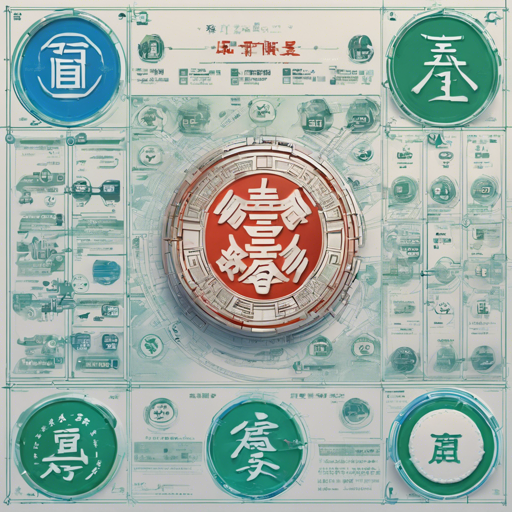In the world of Natural Language Processing (NLP), being able to dissect and analyze text is crucial, especially for languages as nuanced as Japanese. The Koichi Yasuoka’s BERT model, trained on texts from the Japanese Wikipedia, provides an excellent tool for Part-Of-Speech (POS) tagging and dependency parsing. Let’s delve into how you can use this remarkable model efficiently.
What is the Koichi Yasuoka’s BERT Model?
This model is a pre-trained transformer that utilizes BERT technology to understand and classify Japanese text. It has been designed specifically for token classification tasks, meaning it can tag each component of the sentence with its respective Part-Of-Speech (POS) and analyze the grammatical relationships within the text.
How to Use the Model
Using Koichi Yasuoka’s BERT-based model can be broken down into simple steps. Here’s a user-friendly guide to get you started:
- Step 1: Import Necessary Libraries
- Step 2: Load the Tokenizer and Model
- Step 3: Prepare Your Text
- Step 4: Run the Model for Predictions
Code Example
Here is a concise code sample to illustrate the usage:
py
import torch
from transformers import AutoTokenizer, AutoModelForTokenClassification
# Load pre-trained model and tokenizer
tokenizer = AutoTokenizer.from_pretrained("KoichiYasuokabert-base-japanese-upos")
model = AutoModelForTokenClassification.from_pretrained("KoichiYasuokabert-base-japanese-upos")
# Input string
s = "あなたのテキストをここに入れてください"
# Tokenizing and getting predictions
p = [model.config.id2label[q] for q in torch.argmax(model(tokenizer.encode(s, return_tensors='pt'))[0], dim=2)[0].tolist()[1:-1]]
print(list(zip(s.split(), p)))
This code takes an input string, tokenizes it, and uses the model to tag each token with its corresponding POS. The output is a list of tokens paired with their respective tags.
Understanding the Code with an Analogy
Think of using the BERT model like preparing a recipe. Each ingredient represents a token in your text, and the POS tagging is like categorizing each ingredient based on its type—vegetable, spice, or protein. Just as you organize your kitchen to find exactly what you need for cooking, you organize your text tokens so the model understands the structure and function of each piece, making it easier to create a grammatically correct “dish” or sentence.
Troubleshooting Tips
While running the model, you may encounter some common issues. Here are some troubleshooting ideas:
- Error Loading Model: Ensure that the model name is correctly spelled and that you have a stable internet connection.
- Empty Output: Make sure that your input text is properly formatted and that the tokenizer can accurately identify tokens.
- Performance Issues: If the model is running slowly, consider using a more powerful machine with a dedicated GPU.
For more insights, updates, or to collaborate on AI development projects, stay connected with fxis.ai.
See Also
If you’re interested in further enhancing your text processing capabilities, check out the esupar, a tokenizer, POS-tagger, and dependency-parser utilizing BERT, RoBERTa, and DeBERTa models.
Conclusion
Now that you have a comprehensive understanding of how to use Koichi Yasuoka’s BERT model for Japanese token classification, you can start processing Japanese text more efficiently. Remember to experiment with different sentences to see how the model categorizes various tokens.
At fxis.ai, we believe that such advancements are crucial for the future of AI, as they enable more comprehensive and effective solutions. Our team is continually exploring new methodologies to push the envelope in artificial intelligence, ensuring that our clients benefit from the latest technological innovations.

